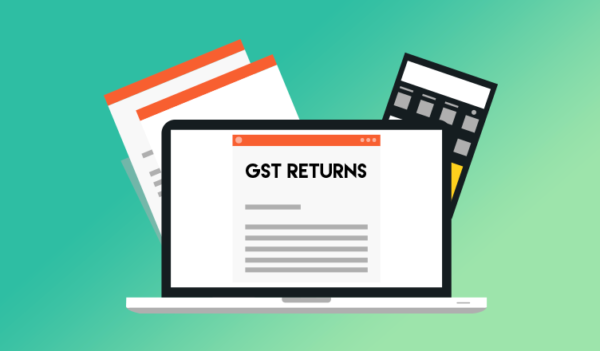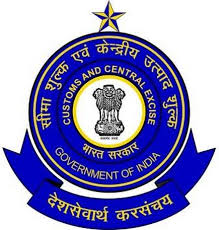E-invoicing is already under implementation in phases. It will be mandatory for all from the next financial year as part of the government’s ongoing efforts towards ‘Ease of Doing Business’ and ‘Honouring the Honest’
In a major relief to businesses, the government plans to do away with monthly filing of Goods and Services Tax (GST) returns after the electronic invoice (e-invoice) is fully operationalised, which will not only reduce compliance burden but also check tax evasion, finance secretary Ajay Bhushan Pandey said.
“GSTR-1 and GSTR-3B will ultimately be phased out, once we fully operationalise the electronic invoice (e-invoice),” he said. In the normal course, the two GST returns (GSTRs) means 24 returns filed by GST registered entities every month. The GSTR-1 is a return indicating sales or outward supplies made during the month and the GSTR-3B is the summary return indicating supplies made, input tax credit availed and tax payment made for the month.
E-invoicing is already under implementation in phases. It will be mandatory for all from the next financial year as part of the government’s ongoing efforts towards ‘Ease of Doing Business’ and ‘Honouring the Honest’. Once put into operation, both e-way bill system and filing of certain GST returns (GSTR) would be eventually be withdrawn, said Pandey, who is also the revenue secretary.
The government has already announced a roadmap to implement e-invoices. Currently e-invoicing is mandatory for companies with turnover of Rs500 crore or more. From January 1, 2021 it will be compulsory for companies having turnover of over Rs100 crore, and from April 1, 2020 it will be mandatory for all.
“Actually our objective is, once you have an electronic invoice it should ultimately do away with your e-way bills, and also eventually do away with GST returns because from the e-invoice itself your returns can be generated. Then, at the end of the month the taxpayer has to simply validate his return and make the payment of taxes,” the finance secretary said.
The government on October 1 introduced the e-invoicing system for businesses with an annual turnover of over Rs500 crore, which replaces the physical invoice and allows buyers and sellers to have real time information of the invoices. Eventually, e-invoice will auto-populate GST returns and businesses will not be required to generate e-way bills.
To be sure, the introduction of e-invoicing system was initially scheduled from April 1, 2020, but it was postponed to October 1 because of the sudden outbreak of Covid-19 pandemic.

The finance secretary said “The e-invoice system will lead to a massive reduction in compliance and at the same time it will be good for industry, good for the taxpayers and very difficult for the fraudsters.”
The government, which has launched a major drive against GST frauds, believes that e-invoicing system will instantly eliminate fake invoices, currently rampant to fraudulently claim input tax credit (ITC).
“Rationalisation in the number of returns would really aid businesses by reducing the compliance burdens, which have significantly increased in the GST regime, especially for the service sector. Any method of auto-population of data in the monthly returns, with a facility for businesses to amend the data, would also go a long way in improving the ease of doing business,” MS Mani, partner at consulting firm Deloitte India, said.
Chartered accountant at Taxmann, Sunil Kumar said, “E-invoicing system auto-populates e-invoice data submitted by taxpayer over Invoice Registration Portal to GSTN [GST Network] portal which eventually helps in auto generation of GST returns.”
“Entry of invoices and access to the invoices data on real time basis, will leave less scope for invoice manipulation, thereby reducing the instances of fake invoice and tax invasion. E-invoicing system invites strong IT infrastructure,” he added.
According to experts, this reform will lead to massive reduction in compliance burden as a company having business operations in 25 states have to file both GSTR-1 and GSTR-2B separately in 25 jurisdictions, every month. “If an entity operates in 25 states, it has to file 50 returns per month, hence 600 monthly returns in a year,” Mani said. This is in addition to the two annual returns – GSTR-9 and 9C to be filed for each registration, he added.
Source: hindustantimes.com
***
[rainbow]Don’t miss the next GST Update / Article / Judicial pronouncement[/rainbow]
Subscribe to our newsletter from FREE to stay updated on GST Law
Resolve your GST queries from national level experts on GST free of cost.
TW Editorial Team comprises of team of experienced Chartered Accountants and Advocates devoted to spread the knowledge of GST amongst the various stakeholders.



